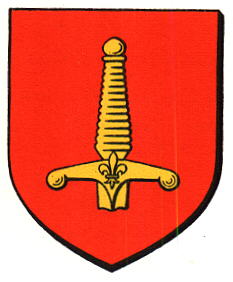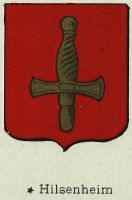Hilsenheim: Difference between revisions
Jump to navigation
Jump to search
Knorrepoes (talk | contribs) m (Text replacement - "|'''English''' ↵| {{blazon wanted}}↵" to "|'''English''' | blazon wanted ") |
Knorrepoes (talk | contribs) m (Text replacement - "|↵'''Country''' : France" to "| <center>''' {{uc:{{PAGENAME}}}} '''</center><br> '''Country''' : France") |
||
| Line 3: | Line 3: | ||
|[[File:hilsenhe.jpg|center|350 px|alt=Blason de {{PAGENAME}}/Arms (crest) of {{PAGENAME}}]] | |[[File:hilsenhe.jpg|center|350 px|alt=Blason de {{PAGENAME}}/Arms (crest) of {{PAGENAME}}]] | ||
| | | | ||
<center>''' {{uc:{{PAGENAME}}}} '''</center><br> | |||
'''Country''' : France [[File:france.jpg|60 px|right]]<br><br><br> | '''Country''' : France [[File:france.jpg|60 px|right]]<br><br><br> | ||
'''Département''' : [[Bas-Rhin]][[File:Bas-Rhin.jpg|60 px|right]] | '''Département''' : [[Bas-Rhin]][[File:Bas-Rhin.jpg|60 px|right]] | ||
Revision as of 10:25, 21 May 2023
|
Country : France Département : Bas-Rhin |
| French | De gueules à la garde et à la poignée d'une épée basse d'or. |
| English | blazon wanted |
Origin/meaning
The name is derived from two words "Hilsen", meaning warrior, and "heim" or home. The meaning of Hilsenheim thus is "the home or village of the warrior", and when the fighter did retire, and maybe received the village as a gift, he did break his sword, which is symbolised by the arms.
The French royal fleur-de-lys that is on the sword symbolised (before the 1789 revolution) the village's allegiance to the French king.
The arms by Schœnhaupt, 1900
The arms in the Café Sanka album +/- 1932
Literature: Les armoiries des communes du Bas-Rhin. Tome III : Communes du département (Dingsheim à Hohwiller). 1952; background from Thierry, Hilsenheim.





